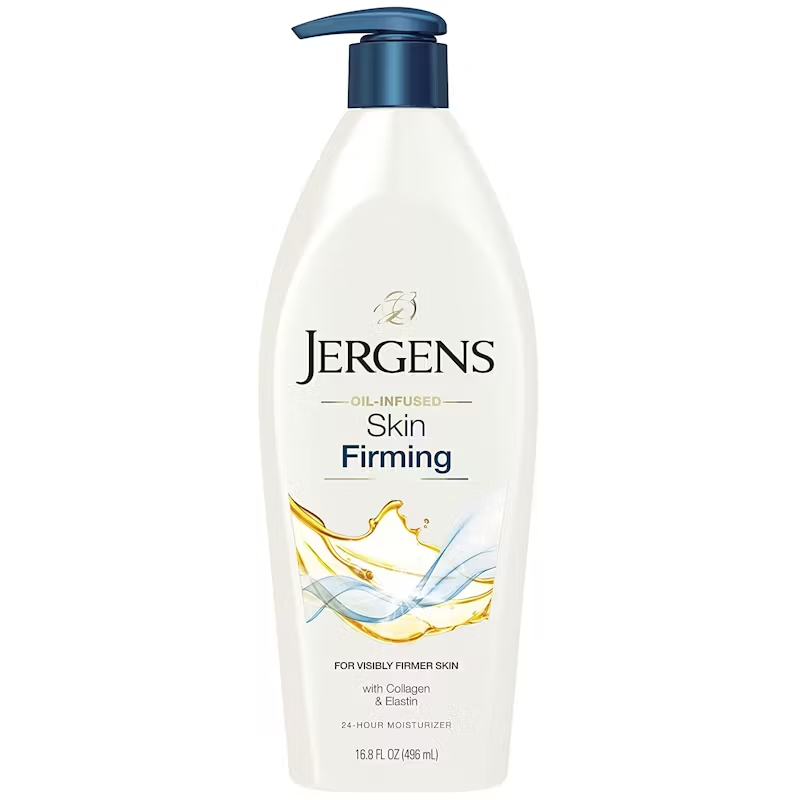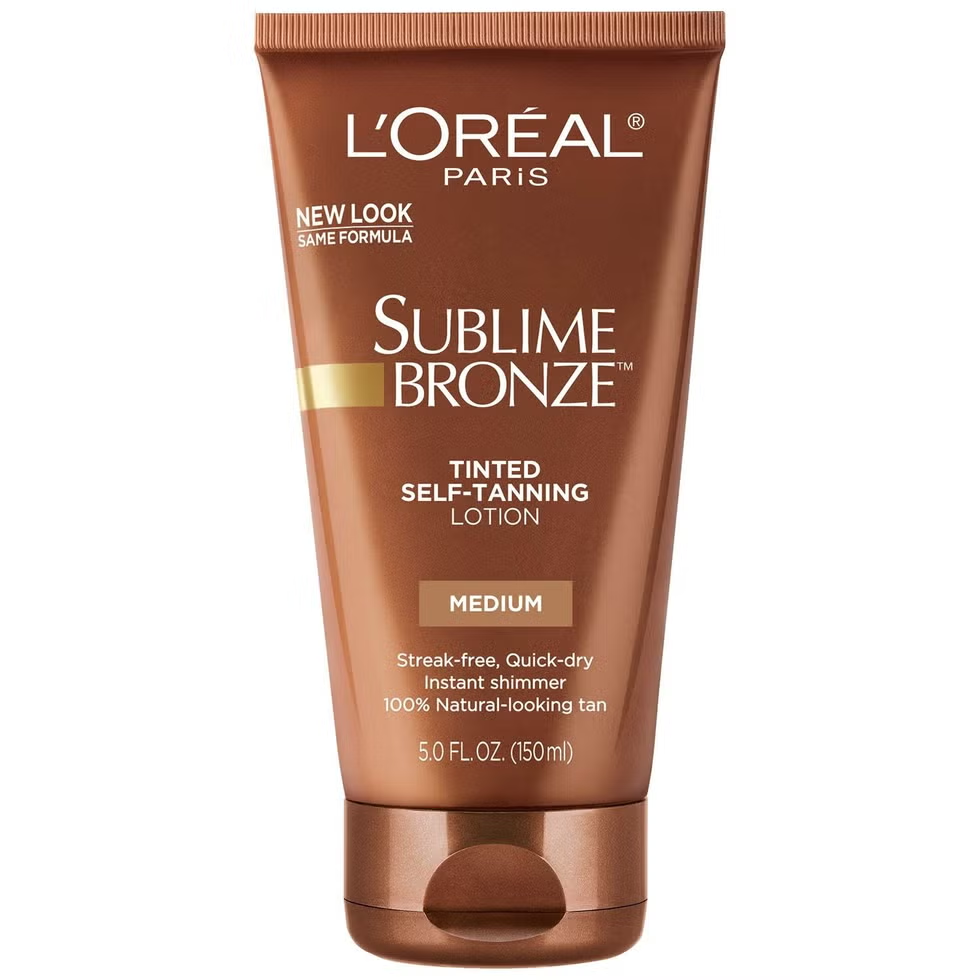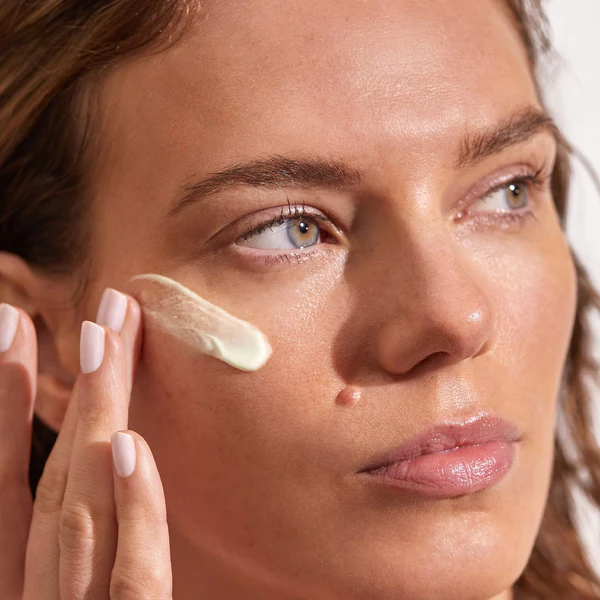
Choosing the Right Sunscreen Lotion for Protection Your Skin
Understanding Sunscreen Protection
Protecting your skin from harmful UV rays is vital. Sunscreen lotion is your ally in this battle. The right sunscreen protection involves understanding a few key concepts. SPF ratings, broad-spectrum capabilities, and water resistance are three main features to look out for.
SPF and What It Means for Your Skin
SPF stands for ‘Sun Protection Factor.’ It measures how well sunscreen lotion shields your skin from UVB rays. These are the rays that cause sunburn and contribute to skin cancer. SPF ratings range from as low as 5 to as high as 100+. The higher the SPF, the more protection you get. However, no sunscreen can block 100% of UVB rays. An SPF 30, for instance, allows about 3% of UVB rays to hit your skin, while an SPF 50 allows about 2%. Remember, higher SPF requires more frequent application to be effective.
Broad-Spectrum Protection Explained
Broad-spectrum sunscreen lotion protects against both UVA and UVB rays. UVA rays can prematurely age your skin, causing wrinkles and age spots. They can also pass through glass. So, even indoors or in a car, you may be exposed. A broad-spectrum sunscreen is essential for comprehensive protection.
Water Resistance in Sunscreens
If you plan to swim or sweat, you’ll need a water-resistant sunscreen lotion. No sunscreen is waterproof, but water-resistant options can maintain their SPF protection for a certain period while you’re wet. They come with either 40 or 80-minute ratings. After swimming or sweating, it’s crucial to reapply sunscreen to keep your skin protected.
Factors to Consider When Choosing Sunscreen
Selecting the right sunscreen lotion requires attention to several factors. Personal skin type, anticipated sun exposure levels, and ingredients in the sunscreen are all crucial considerations.
Skin Type and Sunscreen
Your skin type plays a key role in picking a sunscreen lotion. Oily skin may benefit from oil-free, non-comedogenic options. Dry skin, on the other hand, often needs hydrating formulas. For sensitive skin, look for sunscreen without dyes, fragrances, or preservatives. Consider a higher SPF for fair skin that burns easily. Darker skin tones can use a lower SPF but still require protection against UVA and UVB rays.
The Role of Sun Exposure in Your Choice
The amount and intensity of your sun exposure guide your sunscreen choice. For occasional outdoor exposure, a sunscreen lotion with an SPF of 30 may suffice. However, for prolonged outdoor activities, especially during peak sun hours, opt for a higher SPF with water resistance. Whether you are swimming or not, it’s vital to reapply sunscreen lotion after two hours or immediately after sweating or towel drying.
Sunscreen Ingredients and Skin Sensitivities
Be mindful of sunscreen ingredients to avoid skin issues. Chemical sunscreens absorb UV rays and might irritate sensitive skin. Physical or mineral sunscreens, which reflect UV rays, are generally gentler. Look for active components like zinc oxide or titanium dioxide in these formulations. Avoid ingredients like oxybenzone and parabens if you have skin allergies or sensitivities. Always patch test a new sunscreen lotion to ensure it doesn’t cause a reaction before applying it all over your body.

Sunscreen Types and Their Benefits
When it comes to sunscreen lotion, there are different types to choose from. Each has its benefits and is suitable for various situations. Understanding the differences can help you make the best choice for your skin’s needs.
Lotions vs. Sprays vs. Sticks: Pros and Cons
Lotions are popular and provide thorough coverage. They’re easy to measure, which helps ensure you apply enough sunscreen lotion. But, they can take time to rub in and may feel heavy on the skin. Sprays are convenient and quick to apply, making them great for on-the-go use. However, it’s hard to tell if you’ve covered all exposed areas. Sticks offer precision for areas like the face and are travel-friendly. Yet, they may not be ideal for large body areas due to their small size.
Mineral vs. Chemical Sunscreens
Mineral sunscreens, also known as physical blockers, contain zinc oxide or titanium dioxide. They sit on top of the skin and reflect UV rays. These are great for sensitive skin as they’re less likely to cause irritation. Chemical sunscreens absorb UV light before it can damage the skin. They’re usually lighter and more transparent but can sometimes irritate sensitive skin. Choose mineral sunscreen lotion if you have skin allergies or want natural ingredients.
Tinted Sunscreen Options
Tinted sunscreens combine sun protection with a touch of color. They can even out skin tone and reduce the need for makeup. These products are often mineral-based and provide both UVA and UVB protection. They’re especially useful for those with uneven skin tones or who prefer a bit of coverage. Remember, the right sunscreen lotion goes beyond SPF. Considering the type, your skin’s needs, and lifestyle will ensure you have the best protection.
Application Tips for Effective Sunscreen Use
Using sunscreen lotion correctly is just as important as choosing the right one for your skin type and activities. To ensure you’re getting the full benefits of your sunscreen lotion, here are some application tips you should follow.
How Much Sunscreen to Apply
A common question that arises is how much sunscreen lotion to apply. For adults, the recommended amount is approximately one ounce, which is roughly the size of a shot glass, to cover all exposed skin. Remember to cover often-missed spots like the ears, tops of feet, and the back of the neck. For the face alone, a nickel-sized dollop should suffice.
Reapplication: When and How Often
Reapplying sunscreen lotion is crucial for continuous protection. You should reapply at least every two hours, and immediately after swimming, sweating, or towel drying, regardless of the SPF. If you are engaging in water activities, consider the water resistance rating of your sunscreen—either 40 or 80 minutes—and plan accordingly.
Common Application Mistakes to Avoid
Avoiding common mistakes can enhance your sunscreen’s effectiveness. Don’t skimp on the amount; more is better. Be cautious with spray sunscreens to ensure full coverage, and rub in well. Skipping reapplication is a big no-no, as protection wears off. Also, check the expiration date—expired sunscreen lotion may not provide adequate protection.
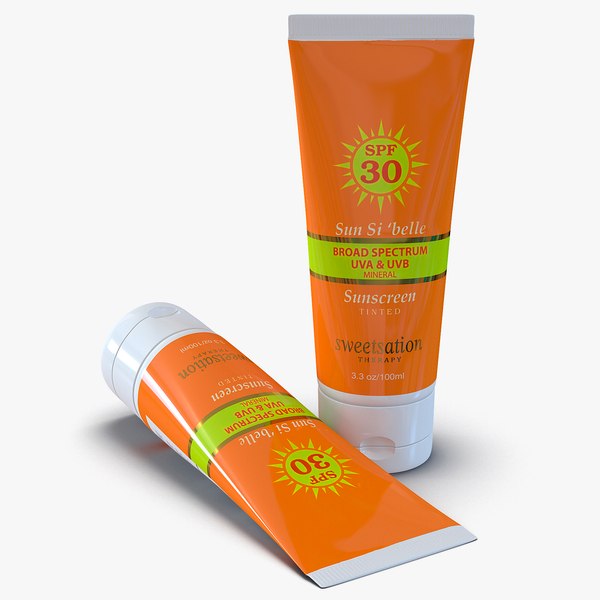
The Importance of Sunscreen for Different Skin Tones
Protecting your skin from the sun is important for all skin tones. Each tone has its own needs when it comes to sunscreen lotion. Let’s discuss the best options for fair, medium to olive, and darker skin tones. Understanding this will help you choose the right sunscreen for your skin.
Sunscreen for Fair Skin
Fair skin burns easily and is highly sensitive to UV rays. People with fair skin should look for a sunscreen lotion with a high SPF. A broad-spectrum sunscreen with an SPF of at least 30 is a must. Reapplying every two hours, or immediately after swimming or sweating, is vital. Fair-skinned individuals often benefit from extra precautions, such as wearing hats and seeking shade.
Sunscreen for Medium to Olive Skin Tones
Medium to olive skin tones tan more easily than they burn but still need protection. For these skin tones, sunscreen lotion with an SPF of 15 to 30 can be suitable. Broad-spectrum sunscreens are still important to prevent skin damage. It’s a misconception that tanned skin doesn’t need reapplication; use sunscreen as directed regardless of your skin tone.
Sunscreen for Darker Skin Tones
Darker skin has more melanin, which provides some natural protection. However, sunscreen lotion is still essential to prevent skin cancer and premature aging. Dark skin tones can use lower SPFs but should never skip broad-spectrum coverage. An SPF of 15 or higher is recommended, along with regular reapplication.
Using sunscreen lotion as per your skin tone is crucial for effective skin protection against the harmful effects of the sun. No matter the darkness of your skin, practicing safe sun exposure is key.
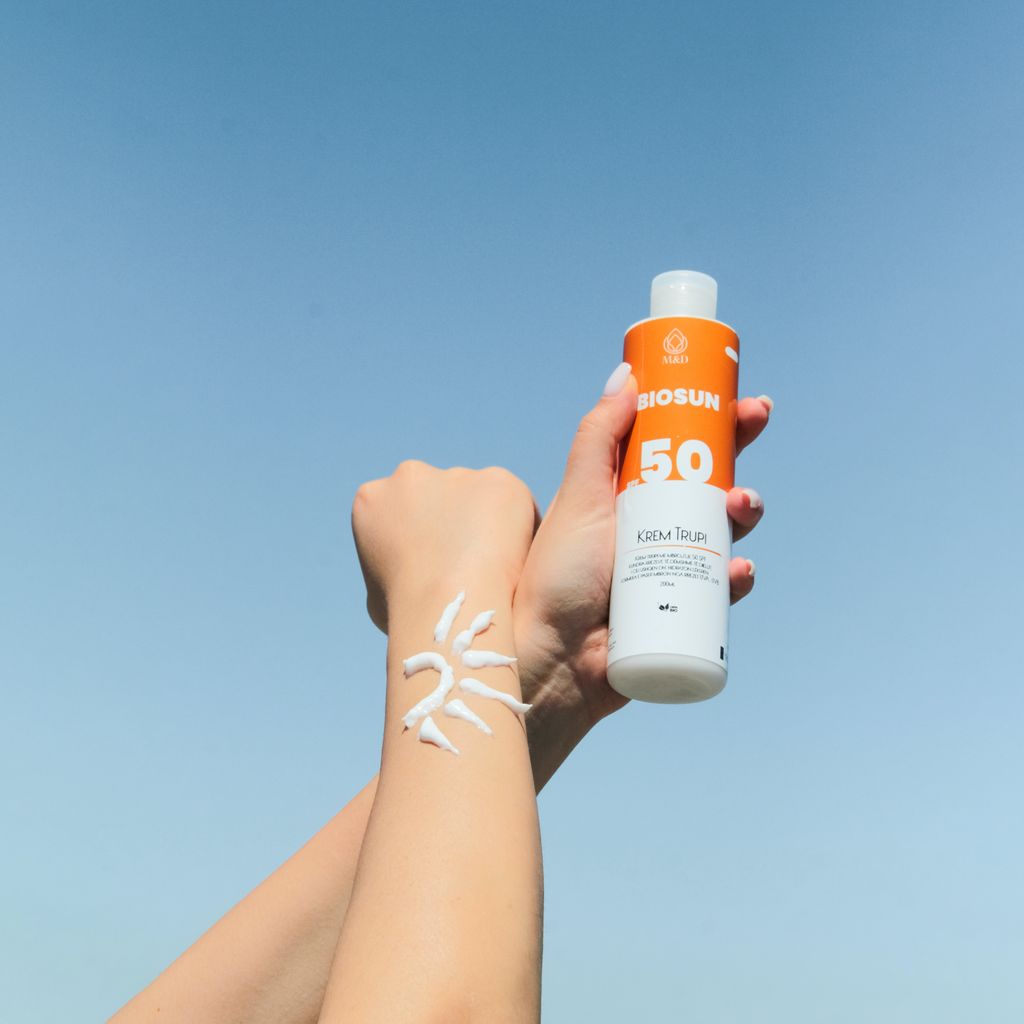
Additional Sun Protection Measures
While sunscreen lotion is the cornerstone of protecting your skin from the sun’s rays, it’s not the only measure you should take. Incorporate these additional protections to further shield your skin from potential damage.
Clothing and Accessories for Sun Protection
Clothing is your first line of defense. Choose garments with long sleeves and high necklines to cover as much skin as possible. Look for fabrics with a tight weave or those labeled with UPF (Ultraviolet Protection Factor). Hats with wide brims protect the face, ears, and neck. Sunglasses with UV protection guard your eyes against UVA and UVB rays.
Seeking Shade and Planning Around the Sun
Timing is key for sun exposure. Plan outdoor activities in the early morning or late afternoon. The sun is strongest from 10 a.m. to 4 p.m., so seek shade during these hours. Use umbrellas or pop-up tents at beaches or parks. Even on cloudy days, UV rays can penetrate clouds, so don’t let overcast weather fool you.
Supplements and Foods That Support Sun Protection
Some nutrients can aid in your skin’s defense against the sun. Antioxidants like vitamins C and E help combat free radical damage. Foods such as tomatoes, carrots, and leafy greens are rich in these vitamins. Omega-3 fatty acids found in fish also have anti-inflammatory properties that support skin health. Remember, these supplements and foods are not alternatives to sunscreen lotion but can complement your sun protection routine.
